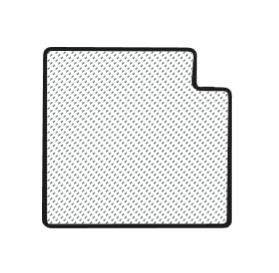Teaching Has Square Impact
In 2009, Google tested 41 shades of blue for their links to determine which would get the most clicks. The designers and data scientists on the blue team were doing work that impacted millions of people. But it didn’t impact them very much.
Meanwhile, someone you’ve never heard of is serving as a live-in caregiver for someone else you’ve never heard of. The caregiver’s work directly impacts just one person, but that person’s life is completely transformed.
Total Career Impact
Career impact is a multiplication problem.
However, there is a natural tradeoff between the amount of impact you have and the number of people you impact.
This is naturally represented with rectangles. A wide, narrow rectangle represents a small impact on a large number of people. A tall, narrow rectangle represents a massive impact on a very small number of people.
Now we have an optimization problem. How can you maximize your impact–the area of your rectangle? Like every other optimization problem, the answer is “make it as close to a circle as possible”. In this case, a square.
The Square Impact of Teaching
Teachers make a large impact on a large number of people. There are very few jobs that involve speaking one-on-one with over 100+ people every day. Teachers support students emotionally, technically, and socially, and they do it at a mile a minute every day.
But, of course, you have to account for summers off.


